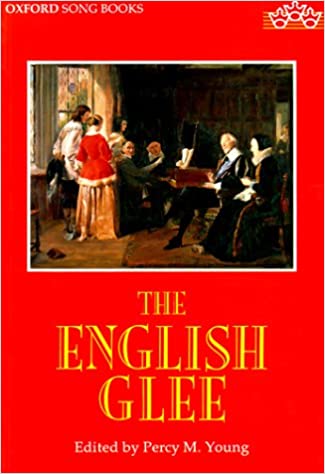In the period between the deaths of Handel and Mendelssohn, the glee was the vehicle by which secular part-singing was carried in England. The form is descended from the madrigal, with texts chosen partly in reaction against the vulgarity of the catch. This new history of the glee begins with an introductory essay detailing the form's historical, musical, and social context. Young has selected twenty-six settings, mainly in four parts but with examples in three and five parts, to show the breadth of the glee in its heyday. A unique feature of the form, and of this collection, is the high literary quality of the text and the high musical quality of the settings. This fine new volume is an essential addition to the choral repertory, and is uniform with the other indispensable Oxford classic choral collections: English Romantic Partsongs, The Oxford Book of English Madrigals, The Oxford Book of French Chansons, The Oxford Book of Italian Madrigals, and The Catch Book. |


